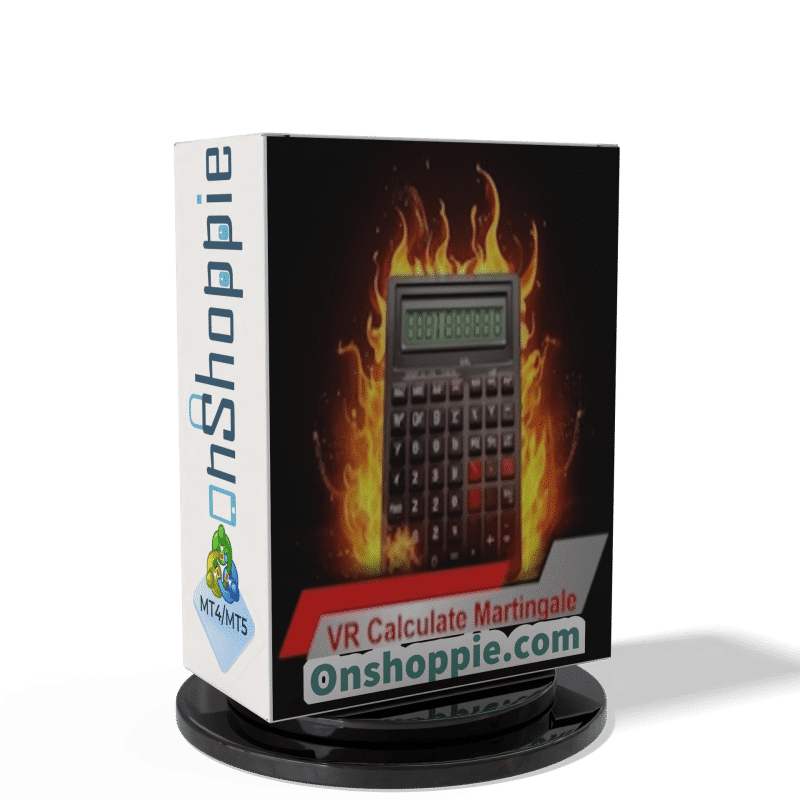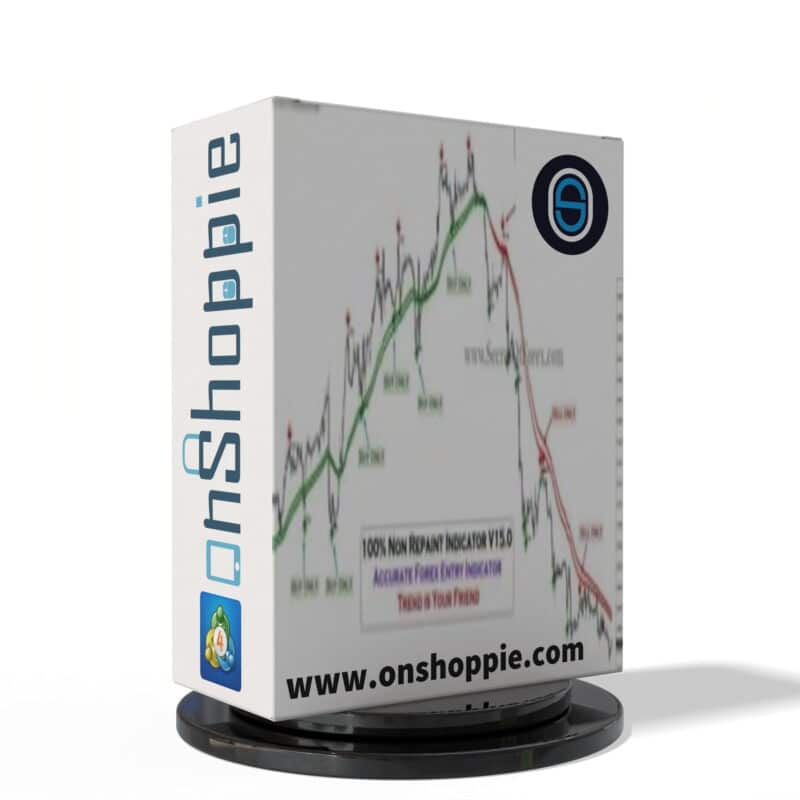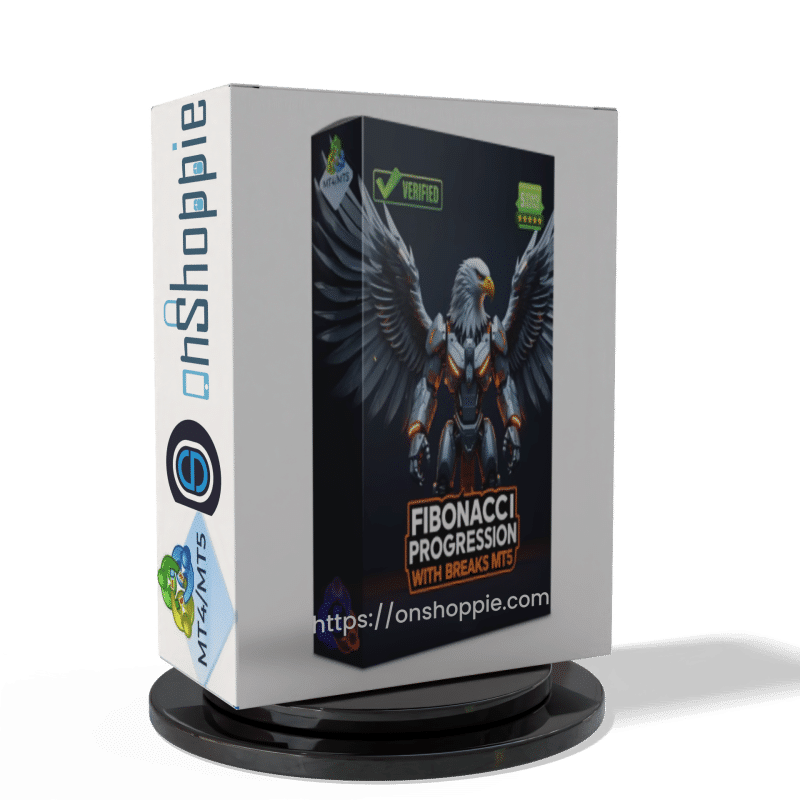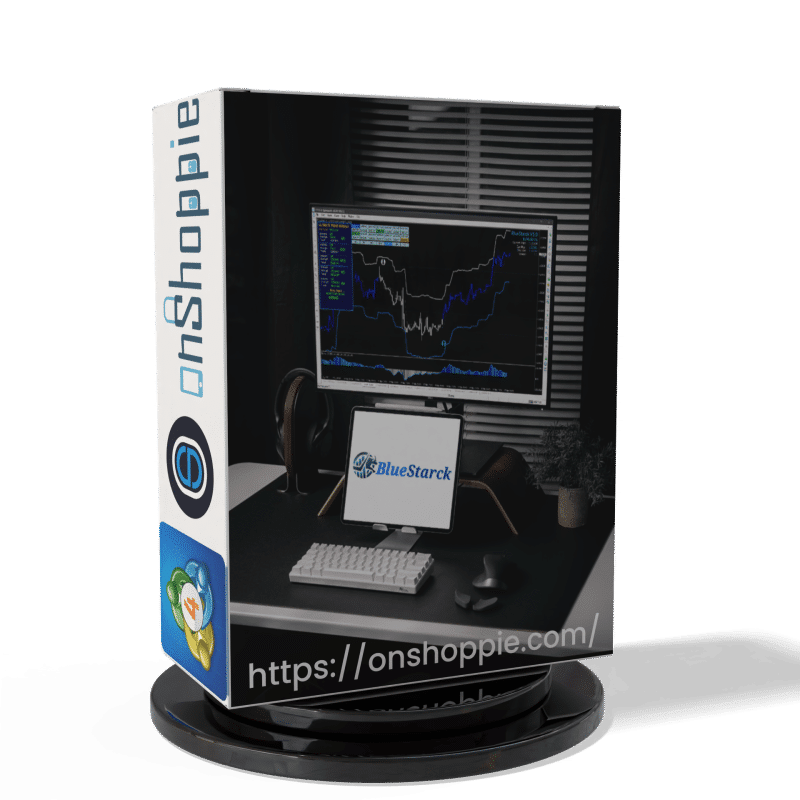Indicators
Showing 1–12 of 98 resultsSorted by latest
-
Trirex Wave EA MT4 v2.4 + Indicators For Build 1443
Original price was: $749.00.$19.99Current price is: $19.99. Add to cart Buy Now -
VR Calculate Martingale Indicator MT4 v24.11 For Build 1443+
Original price was: $34.00.$9.95Current price is: $9.95. Add to cart Buy Now -

Breakout Lines Indicator MT5 v1.20 For Build 5283+
$9.95 Add to cart Buy Now -

S-SCALPER Indicator MT4 For Build 1441+
$9.95 Add to cart Buy Now -
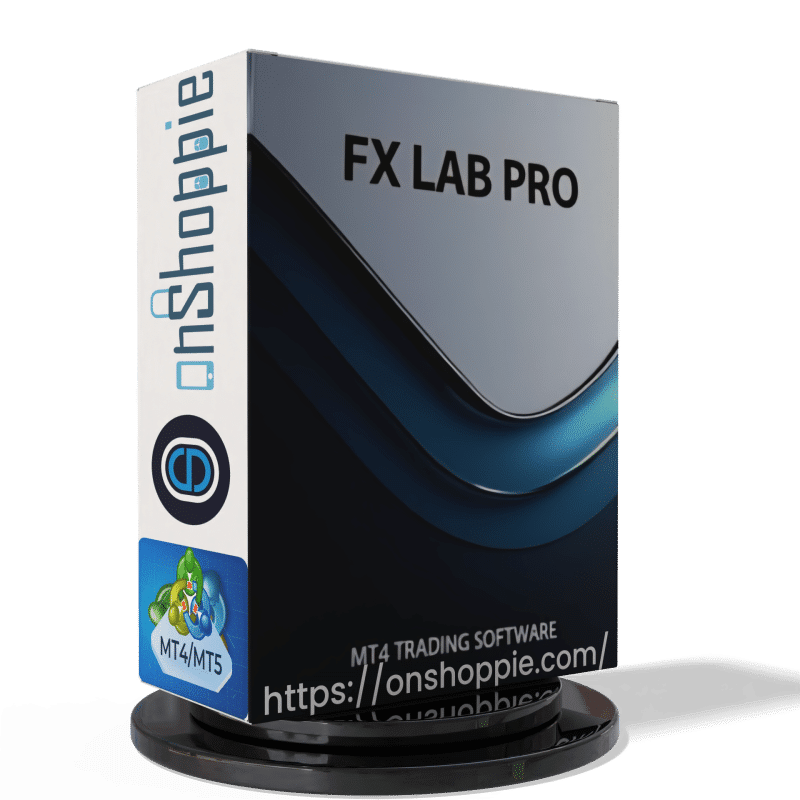
FX LAB 2.0 Forex Indicator MT4 For Build 1441+
$9.95 Add to cart Buy Now -

Forex Win Master Indicator MT4 For Build 1441+
Original price was: $599.00.$9.95Current price is: $9.95. Add to cart Buy Now -
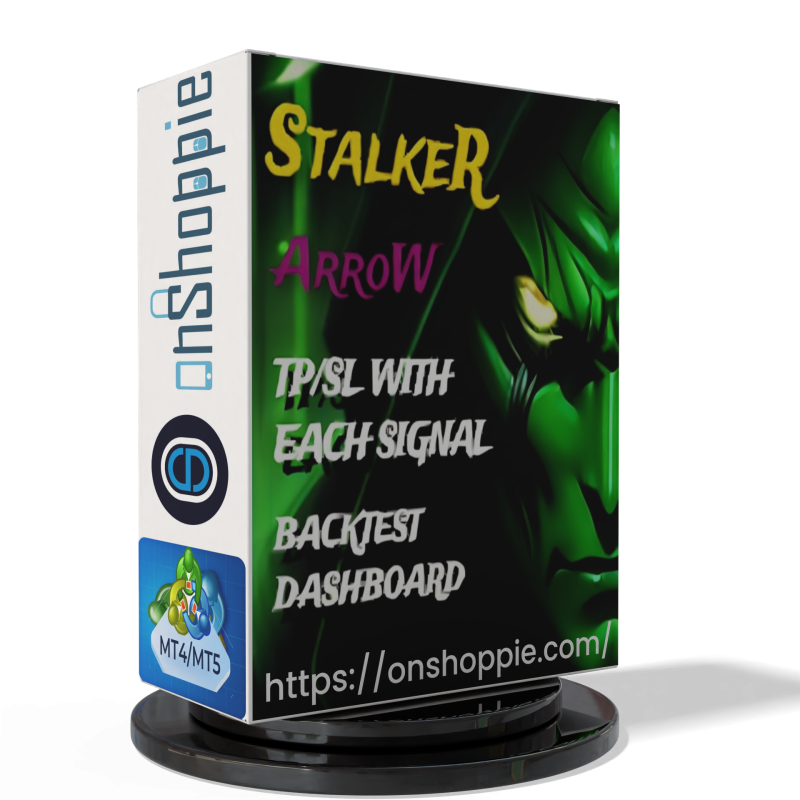
StalkeR Arrow Indicator MT4 v7.80 For Build 1441+
$9.95 Add to cart Buy Now -

GOLD Sniper Master Indicator MT4 Unlimited
$9.95 Add to cart Buy Now -
SALESALE
100% Non Repaint Indicator MT4 MQ4 Source Code
$14.99 Add to cart Buy Now -
Fibonacci Progression With Breaks MT5 + MT4
$9.95 Add to cart Buy Now -
BlueStarck Trading System MT4 For Build 1441+
Original price was: $20.00.$9.95Current price is: $9.95. Add to cart Buy Now -
SABAX FOREX INDICATOR MT4 For Build 1441+
Original price was: $200.00.$9.95Current price is: $9.95. Add to cart Buy Now
Forex Trading Indicators – Timing is everything in Forex trading. If you’ve ever entered a trade too early or too late, it’s time to let the right trading indicators take your trading to the next level. Did you know that more than 70% of retail forex traders rely on indicators to make informed trading decisions? The Forex market is the fastest-developing trading market which is why buying the correct indicators can make the difference between consistent profits and costly mistakes. So, if you are still searching for the best Forex Trading Indicators, then Onshoppie brings a pool of top forex indicators. These indicators help you identify trend momentum and entry or exit points with data-driven accuracy.
These forex trading tools are the backbone of market analysis, helping to transform raw data into meaningful insights. These tools help study financial markets and decide whether to purchase or sell currency pairs. With the help of these forex indicators, traders can make data-driven decisions instead of emotional ones. So, let us uncover the most powerful indicators that every trader should install, whether you are a beginner or a pro in the forex trading market.
What are the Top Forex Indicators?
The forex market indicators are mathematical tools that are derived from price, volume, and open interest data. These trading market indicators help traders to analyze the market’s behavior, detect momentum, and forecast potential price movements. Forex indicators analyze past price data to identify patterns and trends, converting raw numbers into actionable insights that inform smarter trading decisions.
These forex indicators are commonly categorized into five main types:
Trend Indicators – These tools guide traders in spotting where the market is heading. Popular ones like Bollinger Bands and Moving Averages help predict potential price movements.
Momentum Indicators – These tools show how fast or strongly a currency pair’s price is moving. Traders often use the Stochastic Oscillator and RSI to spot momentum shifts and reversals.
Volatility Indicators – These indicators track how fast a currency pair’s price moves, helping traders spot possible breakouts or reversals. Popular tools include Bollinger Band Width and the Average True Range (ATR).
Oscillators – These tools reveal when a market trend could be losing strength or about to reverse. Traders often rely on indicators like MACD and CCI to identify overbought or oversold zones.
Volume Indicators – These tools track how much trading activity is happening in a currency pair. Popular examples like the Accumulation/Distribution Line and OBV show whether buyers or sellers are driving the market.
Why Forex Trading Indicators Are Essential in the Forex Market?
In the fast-paced forex trading market, the trading indicators are the backbone of market analysis. That counts every second and makes faster decisions than humans; therefore, lots of traders rely on trading indicators. Relying on instinct alone can leave traders lost in market noise. Forex trading indicators cut through the chaos, offering a clear, strategic view of price behavior.
These tools easily transform complex market data into clear, visual insights that help you understand whether the market is trending, consolidating, or reversing. With accurate data and time-tested indicators, you can replace guesswork with strategy, trading confidently and intelligently. No matter if you’re tracking trends with Moving Averages, checking market strength with RSI, or spotting reversals with MACD, these tools make sense of the numbers and turn them into clear trading signals.
How to Select the Best Forex Indicators for Your Trading Strategy?
Selecting the best forex indicators totally depends on your trading style, experience level, and market conditions. Choosing the right forex indicators is like picking the right tools that transform your trading results. Below, we list some tips to choose the best forex indicators:
Understand Your Trading Style
Firstly, you have to understand your trading style, like you are a scalper, a day trader, or a swing trader. Whether you use Moving Averages to spot trends, RSI to gauge market strength, or MACD to catch reversals, these indicators turn complex data into clear, actionable trading signals.
Focus on Simplicity
We suggest you do not overload your chart with too many indicators. A clean and focused setup is better than a cluttered platform. So, look for complementary indicators to confirm signals.
Backtest Before Your Trade
We always suggest that you to always test your trading indicators on historical data before trading live and see how the trading indicators perform in different market conditions. It helps you identify strengths, weaknesses, and the most profitable setups for your chosen currency pairs.
Adapt to Market Conditions
What works in a trending phase might not work in a quiet one. Stay flexible and tweak your indicators as conditions change.
Combine Technical and Fundamental Insights
These AI tools offer clarity, but real success comes from blending technical signals with economic data.
How to Use Forex Trading Indicators Effectively in Live Market Conditions
Knowing about forex indicators is just not enough; the real skill lies in using them in live trading and market sessions effectively. The trading market is a fluctuating market that shifts within seconds, and indicators help you stay grounded and make data-backed decisions.
Below, we provide by step-by-step approach on how to apply Forex trading indicators smartly when the market is live:
# Start With a Clean Chart
- Before applying any trading indicators, open your preferred trading platform, MetaTrader 4, MetaTrader 5, or Trading View.
- Choose a currency pair.
- Select your timeframe.
- Keep your chart clean because too many lines can lead to confusion.
# Identify the Market Type
- Every indicator behaves differently in a market type:
- For trading marketing use Moving Averages, MACD, or ADX to catch momentum. Ranging markets use RSI, Stochastic, or Bollinger bands to trade reversals at the support zone.
# Combine 2-3 Indicators for Better Accuracy
- We know one indicator rarely gives a complete picture; therefore, combine indicators from different categories. For example
- Trend Indicator + Momentum Indicator RSI + Volatility Indicator.
# Wait for Real-Time Confirmation
- Indicators work on price data, so always let the candle close before making a move. Acting too soon can give you false signals, particularly with tools like MACD or RSI.
# Adjust Settings Based on Timeframe
- Traders have to adjust indicator settings, and it depends on your trading style:
- Scalper – Use shorter settings
- Swing Traders – Use Longer setting
- Position Traders – Use higher timeframes.
Final Thought
Forex trading is a forever-changing market, that why using forex indicators is essential for decision-making. In other words, forex trading indicators are your decision-making partners driven by speed, data, and psychology. You might use Moving Averages for trends, RSI for reversals, or MACD for confirmations, but real success depends on how you read and combine them live.
FAQs Related to the Best Forex Indicators for Trading
What are the most reliable Forex trading indicators?
There are various forex indicators available in the market but the most reliable indicators are Moving Averages (MA), Relative Strength Index (RSI), MACD, Bollinger Bands, and Fibonacci Retracement. These AI-tools are widley used because they provide clear signals for trend direction, momentum, and entry exit points.
Which indicator is best for beginners?
The RSI (Relative Strength Index) is an ideal indicator for beginners because it’s easy to understand and clearly indicates overbought or oversold conditions. It helps traders avoid impulsive entries.
Can I use multiple indicators together?
Yes when you combine indicators its improves accuracy. Traders can use one for trend detection like EMA, one for momentum, and one for confirmation. So, avoid using similar types of indicators to prevent overlapping signals.
Do indicators work in all market conditions?
Not always, some work best in trending markets while other shine in tanging markets. So, it is better to identify market conditions first before applying indicators on live trading.


